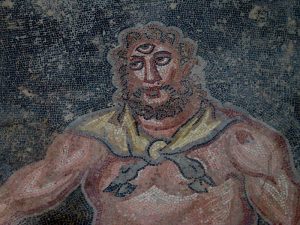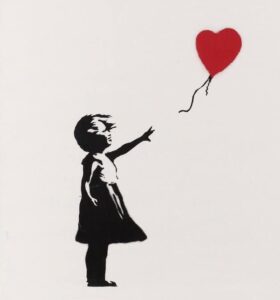The essence of night in the world of cinema
4 min read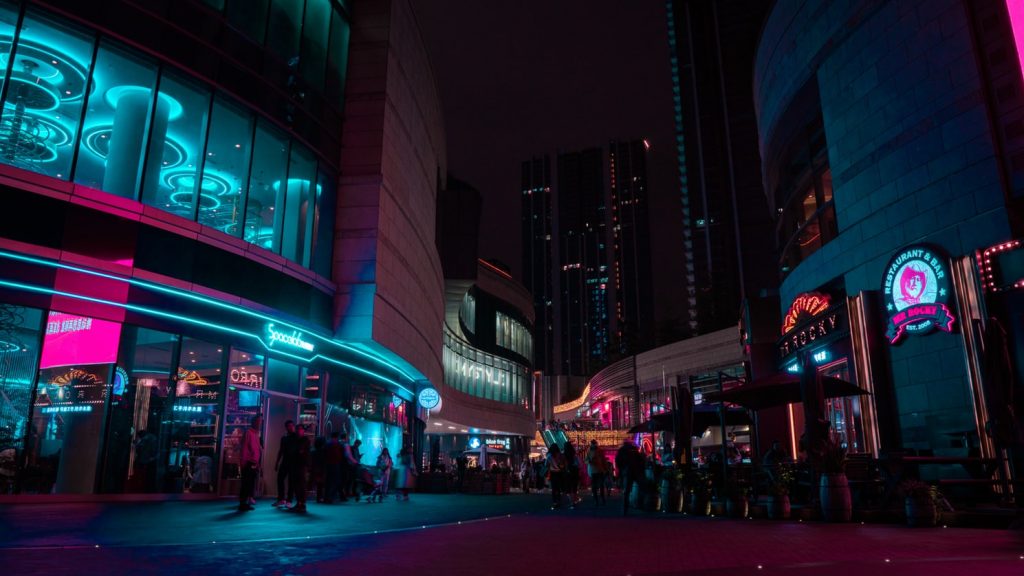
Silence and chaos, electric lights amplified by darkness, crowds and deserted places, euphoria and introspection. The contrasts and duality of the night have always fascinated human beings, who have tried since the dawn of time to depict this unknown dimension through all kinds of art. Among these, none has been able to render the dreamlike atmospheres of the night as well as cinema. The seventh art therefore stands as the definitive means of exploring the alter ego of light.
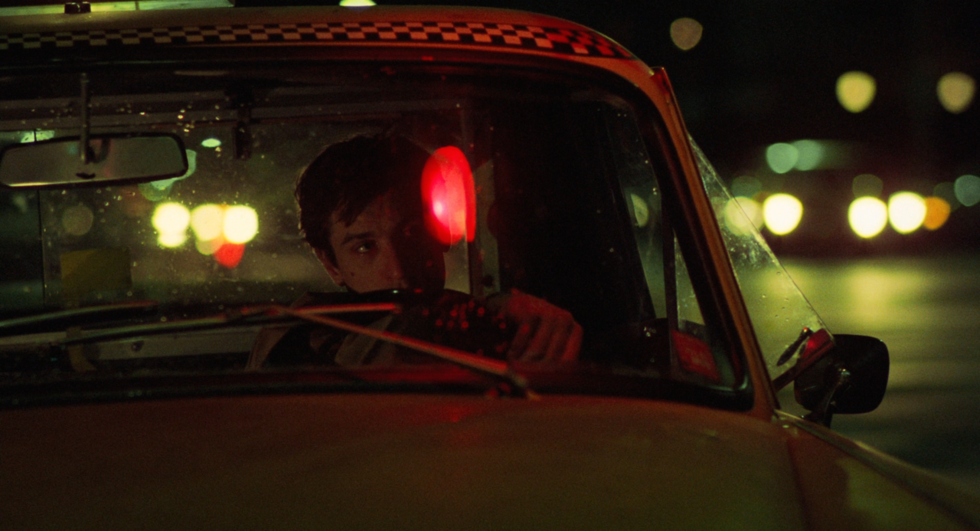
In 1976, Martin Scorsese’s masterpiece Taxi Driver was released, and it was destined to be remembered as one of the milestones of the neo-noir genre. Few films have depicted night in the urban jungle as well as Taxi Driver. The protagonist is Travis Bickle, the emblem of modern man: an alienated and paranoid misfit consumed by loneliness. Working mainly at night, Travis begins to harbour certain feelings of disgust and superiority towards the dark side of the cities, of all those nocturnal ‘animals’ who, in his opinion, degrade society. The neon lights of a New York at the height of its urban fervour are reflected in the puddles, creating visual universes, while a jazzy soundtrack drags the viewer through avenues of modern decadence. Travis Bickle is the symbol of those young Vietnam veterans, unable to adapt again to the progress and light-heartedness of a world renewed without them, hopelessly abandoned in a spiral of alienation and confused principles. Halfway between an existentialist work and the poetry of the beat generation, Taxi Driver makes night the only space in which the deepest thoughts can take form.
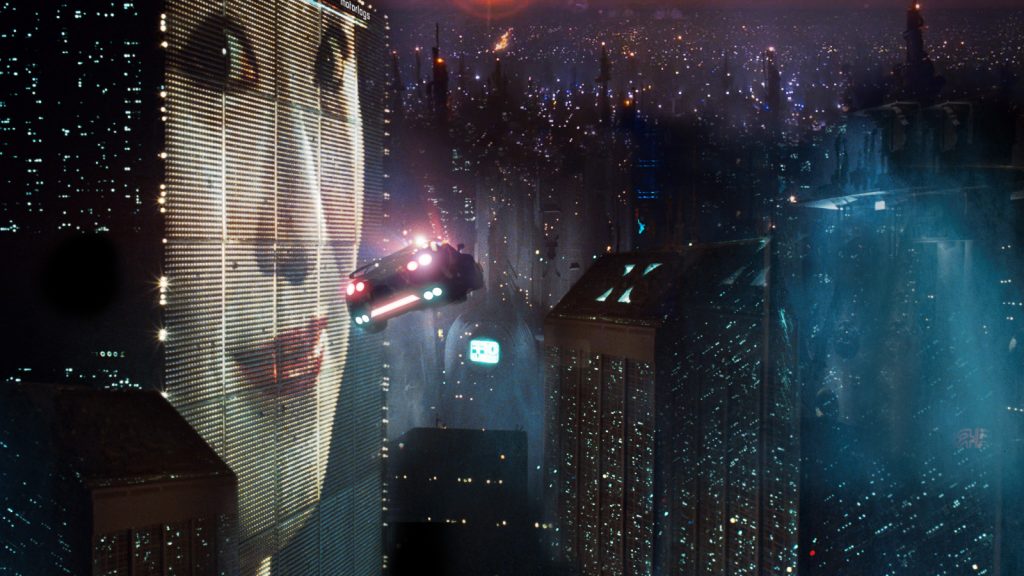
One of the genres that has made most use of night-time scenarios is undoubtedly science fiction, and what film could represent this combination better than Blade Runner? Released in 1982 but set in a hypothetical 2019, Blade Runner projects the eternal theme of the difficult coexistence between humans and androids in a Los Angeles constantly submerged by a blanket of rain and darkness, whose only sources of light are, again, the futuristic neon lights of a strongly oriental-looking metropolis. If the outside is characterised by incessant rain, the interiors are, on the other hand, enveloped in fog and smoke, dim lights and heavy shadows. The title refers to the namesake of the android hunters, or replicants, destined to be punished for developing their own independence. In a world where the boundary between human and android is blurred, the soundtrack itself represents this coexistence through the combination of acoustic melodies and synthesisers. Blade Runner is an exemplary film for all the cyberpunk science fiction to come, capable of leaving us stunned not only by its use of such hypnotic futuristic scenarios, but also by the moral questions it raises, as well as by a final monologue on the value of memory, destined to become immortal (“I’ve seen things you people wouldn’t believe…”).
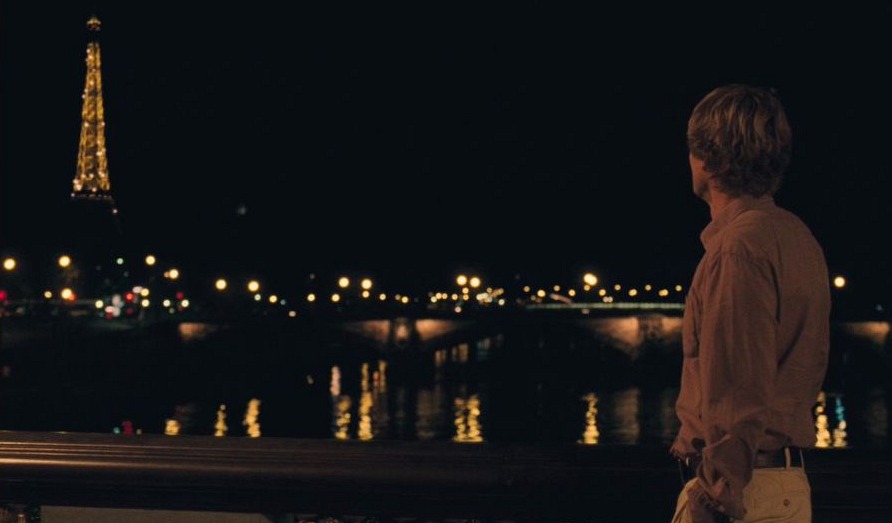
However, night is not only the protagonist of thrillers or noir films. Many comedies and romantic films have made it the setting for their stories, such as Scorsese’s After Hours or Linklater’s Before Sunrise. One of the most recent works by the New York comic genius, Woody Allen’s Midnight in Paris, combines romance and comedy with skilful irony and remarkable culture. In this film, Allen’s eye shifts away from his New York and focuses on Paris. What remains unchanged is the director’s ironic critique of bourgeois society. In Midnight in Paris, the night is not only a context, but a real trigger for the development of a quite surreal plot. The protagonist is Gil, an eternal nostalgic for a past he has never lived and with whom many can easily identify. Who has never dreamed, after all, of living even for a few hours in a different era? For Gil, this desire becomes reality when, at the stroke of midnight, he is inexplicably transported to the 1920s Paris, a city that was the beating heart of European culture in the first decades of the 20th century. Feeling delighted, Gil has the opportunity to meet, in this sort of parallel dimension, some of the main figures of the “Lost Generation” such as Hemingway, Dalí, Buñuel and Fitzgerald. This nocturnal space allows Gil to bring out his more cultured and inner side, which modernity does not seem to fully understand. Balanced between two different existences, Gil understands that he cannot completely renounce the concreteness of the present to abandon himself to the transcendence of the night.
There is no doubt, therefore, that regardless of the film genre, films have made use of the night to communicate the effect it has on man: to be himself. Whether it is introspection, a return to primitive instincts, the recognition of the implicit value of everyday things, or simply the abandonment of daytime responsibilities, night allows us to reach our true nature, which is hidden during the day. After all, how could the stars show their essence without the surrounding darkness?
Source text: https://www.antropia.it/essenza-della-notte-nel-mondo-del-cinema/
Mi chiamo Giorgia Padovani e sono appassionata di lingue straniere da sempre. Nel corso degli anni ho studiato diverse lingue, arrivando a conseguire una laurea magistrale in interpretariato e traduzione con inglese e russo. Sono curiosa di natura e penso che ogni occasione sia buona per imparare qualcosa di nuovo. Ho vissuto le esperienze migliori della mia vita all’estero, prima in Cile e poi a Londra. Credo fortemente che il mondo sia troppo grande e vario per rimanere sempre e solo in un posto. Per questo mi definisco radicata, ma con lo sguardo rivolto al mondo. Tra le mie passioni, oltre ai viaggi, ci sono la lettura, la fotografia, il cinema e i musical


